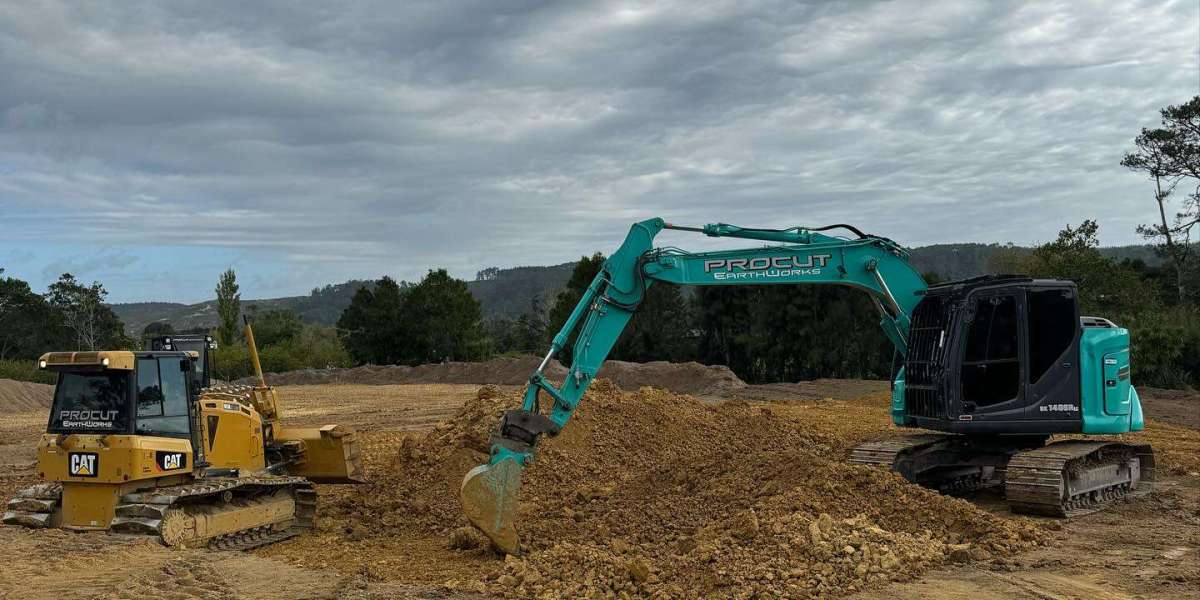What It’s Really Like to Work With Auckland Earthmovers
When we kicked off our first big renovation project a few years back, I thought the earthworks would be the simplest part—get a digger in, scrape the site, and get going. Turns out, there’s a bit more to it than that. Especially when you’re dealing with Auckland earthmovers, where the conditions can be as variable as the weather.
Since then, I’ve worked with a few different crews, and I’ve learned a lot about what makes this phase run smoothly—and what can send it sideways. Whether you’re a first-time builder or a seasoned project manager, understanding what to expect can make a huge difference.
Before the Machines Arrive: How to Get Your Site Ready
Like most things in construction, prep is everything. Your earthmovers can’t do much if the site isn’t ready for them.
1. Access and Clearance
If you’re working on an urban site in Auckland, you’ll need to think about how machinery will access the property. I once saw a 3.5-tonne digger stuck halfway down a shared driveway—not a great start to the week. Make sure fences, vehicles, and materials are out of the way. If access is tricky, let your contractor know early—they might need smaller gear or a different entry point.
2. Mark-Outs and Services
Get your survey pegs sorted, and always, always do a service check. There’s nothing worse than digging into a mains cable or sewer line. A good earthworks team will ask for plans or run their own checks before they dig, but it helps if you’ve done the groundwork too.
What Happens on Site: A Day in the Life
Once the crew arrives, things move quickly. Don’t be surprised if they hit the ground running—these guys like to get stuck in.
3. Scope and Walkthrough
Before the first bucket hits the soil, there’s usually a quick site walkthrough. You’ll go over what’s being excavated, where spoil is going, and any known trouble spots (like old retaining walls or trees to avoid). A solid team will be upfront if something doesn’t look right—they’re not afraid to ask questions.
4. Execution and Monitoring
Over the course of a few days (or longer, depending on scope), the team will work through the site according to levels and plans. They’ll load out material, cut to grade, and shape the site for what comes next. You may see laser levels, compactors, even rock breakers depending on what lies beneath.
During this phase, I recommend being available to make quick decisions. Sometimes there’s a need to over-excavate, or swap fill materials if the ground changes. Being responsive helps keep the job moving.
Common Curveballs and How to Handle Them
No earthworks job is totally predictable, especially in Auckland.
5. Unexpected Ground Conditions
You might think you know what’s under the surface, but I’ve seen everything from buried concrete slabs to saturated clay appear out of nowhere. This is where working with experienced Auckland earthmovers really pays off—they’ve seen it before and know how to adapt.
6. Wet Weather Delays
Even a bit of rain can turn a clay-heavy site into a bog. Check the forecast before scheduling, and build some buffer days into your timeline. A good contractor will keep you informed and won’t push the work if it risks compromising compaction or drainage.
Final Word
Working with Auckland earthmovers isn’t just about hiring a machine and hoping for the best. It’s about building a working relationship with a crew that understands local conditions, shows up prepared, and communicates clearly throughout the job.
From my experience, the jobs that go smoothly are the ones where the groundwork is more than just physical—it’s in the planning, the coordination, and the trust you have in your team. Get that right, and the rest of the build gets a whole lot easier.



